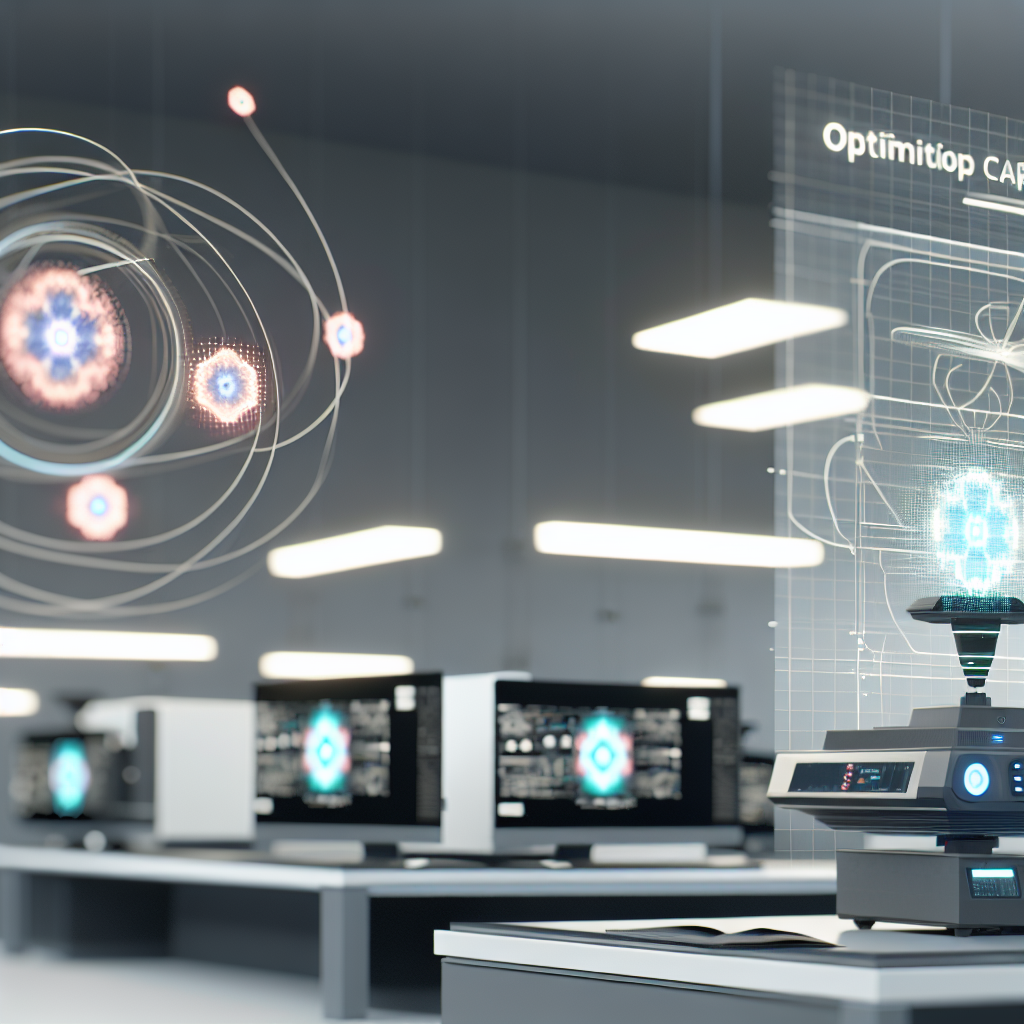Autodesk University 2019 showcased innovative workflows for leveraging **ReCap Software** in scanning and post-processing projects, with a focus on class code MFG320998. This article explores the key techniques and best practices shared during the event, helping professionals optimize their 3D scanning and data processing processes for improved accuracy and efficiency.
Understanding ReCap Software’s Role in the Scanning Workflow
Autodesk ReCap (short for Reality Capture) is a powerful tool designed to convert reality capture data—such as laser scans and photogrammetry images—into usable 3D models. During AU 2019, emphasis was placed on the seamless integration of *ReCap* into architectural, manufacturing, and engineering workflows, enabling professionals to achieve high-precision models with minimal data loss.
Effective scanning and post-processing workflows involve several critical stages:
- Data Acquisition: Capturing the physical environment using laser scanners or photogrammetry methods.
- Data Import and Registration: Importting raw scans into ReCap and aligning multiple scans to create an accurate 3D representation.
- Cleaning and Optimization: Removing noise, unnecessary data, and optimizing the point cloud for better processing.
- Post-Processing and Export: Applying final adjustments and exporting the data into formats compatible with CAD or BIM software for further design or analysis.
Best Practices and Workflow Optimization for ReCap Post-Processing
During the conference, several practical tips were shared to maximize the efficiency and accuracy of post-processing workflows in ReCap:
- Pre-Processing Planning: Before scanning, define the scope and ensure that environmental conditions are optimal to reduce errors and data redundancies.
- Scan Overlap and Coverage: Capture sufficient overlap between scans to facilitate easy registration and minimize misalignment issues.
- Use of Cloud Registration: Leverage ReCap’s cloud processing capabilities for faster, more accurate alignment, especially in large or complex projects.
- Iterative Refinement: Continuously refine the point cloud by removing outliers and filling gaps to improve model integrity before exporting.
- Automation and Batch Processing: Utilize ReCap’s automation features for processing large datasets, saving time and reducing manual errors.
By following these best practices, professionals can streamline their workflows, enhance data quality, and accelerate project timelines—core themes emphasized throughout Autodesk University 2019.
In summary, mastering Autodesk ReCap’s scanning and post-processing workflows requires a combination of strategic planning, understanding software capabilities, and applying proven techniques. Implementing these insights will empower users to produce high-fidelity models suitable for precise engineering, design, and analysis tasks. Whether you’re a seasoned professional or new to ReCap, adopting these workflows will significantly improve your project outcomes.
